To say the work of author Chuck Palahniuk is surreal is selling it short. From stories about autoerotic asphyxiation, coping with the murder of a loved one, to the fate of legacies; his work is consistently pushing the boundaries of social construct acceptance towards emphasising the intellectual divide. Yet for every novel, novella, and short story by Palahniuk it always comes back to the dangers of imaginary friends in Fight Club. This January, Dark Horse Comics is publishing their second installment of this story in Fight Club 3 written by Palahniuk, with art from Cameron Stewart, and some of the most striking David Mack cover pieces ever created.
I was stoked to have been able to read the entire first issue of Fight Club 3 before it hits stores in January. This third chapter in the series explores fatherhood and the idea we may not be able to escape our genes. This time the narrator who we called Sebastian in Fight Club 2 goes by Balthazar. We find him and Marla living on the brink of collapse out of a run down motel, with her about to have another baby. Only this time it’s the biological spawn of Balthazar’s alter-id Tyler Durden. All this while some magic frames used by an Indiana Jones villain with too much gold bring dead dogs back to life. It’s all a Walt Disney kind of weird and perplexing yet every page was intimate and gripping, so much that I can’t wait to read the rest of this series.
To clarify and confuse me even further, I got to speak to Chuck Palahniuk about Fight Club 3 in regards to what it has to say this time around.
COMICS BEAT: So I want to start by playing devil’s advocate a bit and ask, why. Both the original Fight Club novel and the Fight Club 2 comics series felt complete and answered enough to close the journeys of its characters to the satisfaction of most who read them. So where did Fight Club 3 come from?
CHUCK PALAHNIUK: We still need to discover what Tyler Durden’s history-long plan has been. Is he simply the projection of a challenged mind? Or is he an ageless daemon or muse who’s visited men throughout time in order to further a grand scheme? That, and he’s going to have a baby.
CB: Cigars and soaps all around!
In the opening issue, we see bits of project Rize or Die being carried out by a new mystery man who’s seemingly a Nazi with a magic frame. In a story that’s constantly challenging my beliefs and ideas of reality, issue one of Fight Club 3 definitely raised the level of remonstrance. What can you tell us about everything issue number one does to set up this series?
CP: Well, I can tell you that Rize or Die plays almost no part in the book. Except for the fact that their big plan wasn’t so much to nuke the world as it was to collect all the great paintings from museums. The nuking was a red herring. The paintings — more specifically the picture frames — were the real objective in FC2. Now we’ll find out what those frames can do.
CB: In Fight Club 2 we were introduced to Sebastian’s (now Balthazar) child and in FC3 Marla is pregnant with the spawn of Tyler Durden. How do these two entities differ on the idea of parenthood?
CP: Balta sees his child as proof of his own dismal skills at parenting, making Balta no better a father than his own was. Tyler has spawned a savior who will redeem all of creation.
CB: Really doesn’t every new parent think they’ve spawned the savior. Personally, at this point, I’d settle for another Robin Williams than a savior.
The world commented on by the original novel and Fight Club 2 comics had become a much different place with each of them saying something unique to the times. It’s been a much shorter wait for this third chapter in the saga, so what will this book comment on, if at all, in regards to the current state of the world over the next year as we get these comics?
CP: Gosh, I’ll do an Andy Warhol here. I guess I forgot to comment and do all that social engineering and repairing of damaged psyches. Gall dang it. It seemed more important to just give the reader a good time. If people need to be fixed there’s always Prozac and stuff.
CB: I think if I need to be talked off the ledge again, I’ll come back to you before the drugs and stuff.
The characters of Marla and Sebastian are toxic and damaged people at their core. In a society that is drawn to couples conflict but always says they want happy endings for them, their relationship is almost too real. Mathematically, these two should have abandoned or killed each other by now, yet according to the narrative they’ve managed to share the same space for years. In giving voice to these characters, did you genuinely believe two people soo damaged could stay together and have a child or was it romanticizing for the sake of a story?
CP: Huh, in my experience it’s the really fight-y couples that stay together. My parents slugged it out for sixteen years. Marla and the narrator had their relationship forged in dysfunction, it’s the glue that holds them together. In fact the peace brought about by the narrator’s psychotropic drugs is what drove Marla to summon back Tyler. She thrives on drama, and they both appreciate chaos. They need each other to exorcise their demons.
CB: They leave me shaking like a dog shi**in razor blades, yet personally they’re what I believe I want for my own life, so bravo.
Fight Club is originally your baby and the comics sequel was a joint effort but what is it about the contributions of creators like Cameron Stewart and David Mack that make them vital to continuing Fight Club?
CP: First, Cameron is great at depicting action, gesture and expression. I abhor dialog so my aim is to tell as much story as possible with the physical and visible. And I’ve seen no artist who could communicate as much through action and composition as Cameron Stewart. David is somehow the opposite, his artwork suggests the subconscious, and that makes it a great foil to Cameron’s. Mutual friends tell me that Cameron’s begun to paint, and that shows in his increasing realism in FC3. That realism will be important as the alternate storylines become more fantastic. Both artists have a strong working relationship with the editor Scott Allie, and that’s as important as any other factor. Scott is the unsung hero of FC2 and FC3.
CB: Cameron’s painting style is quite effective in these pages and I believe if the process ever exists to do it right, I’d have every David Mack cover tattooed across me. I’m glad this group is back together for FC3 and I hope the end result is as much of a mind f*** as the original and Fight Club 2.
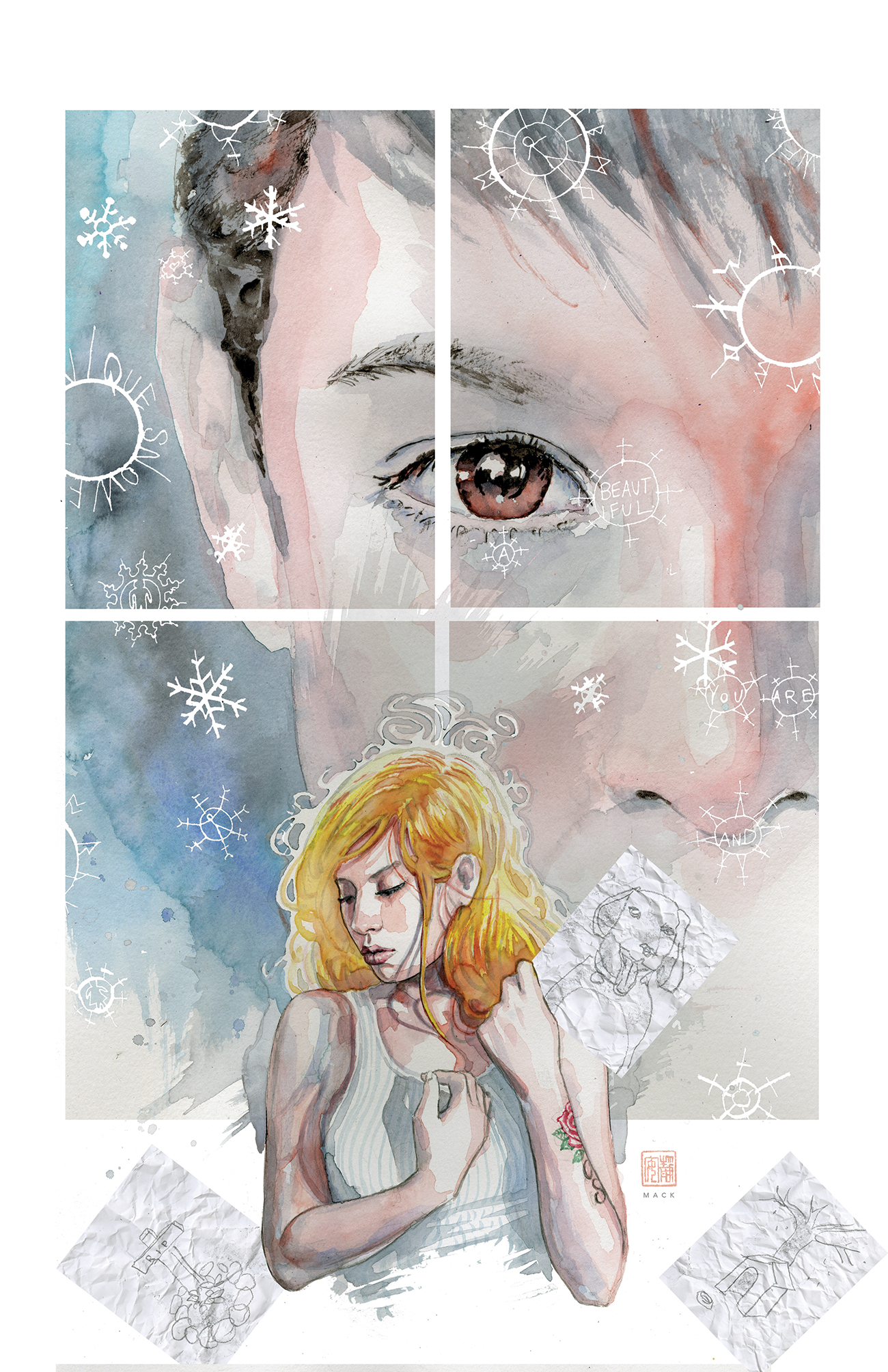
Fight Club 3 #1 will be in stores January 30, 2019. You’ll need to fight me for all the David Mack variants.
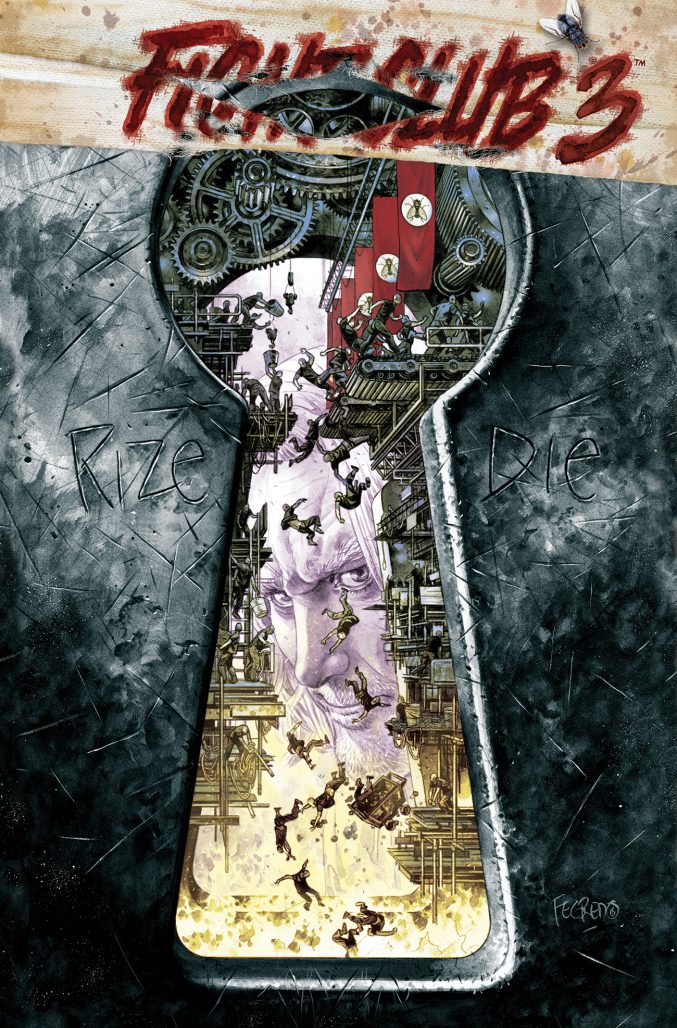
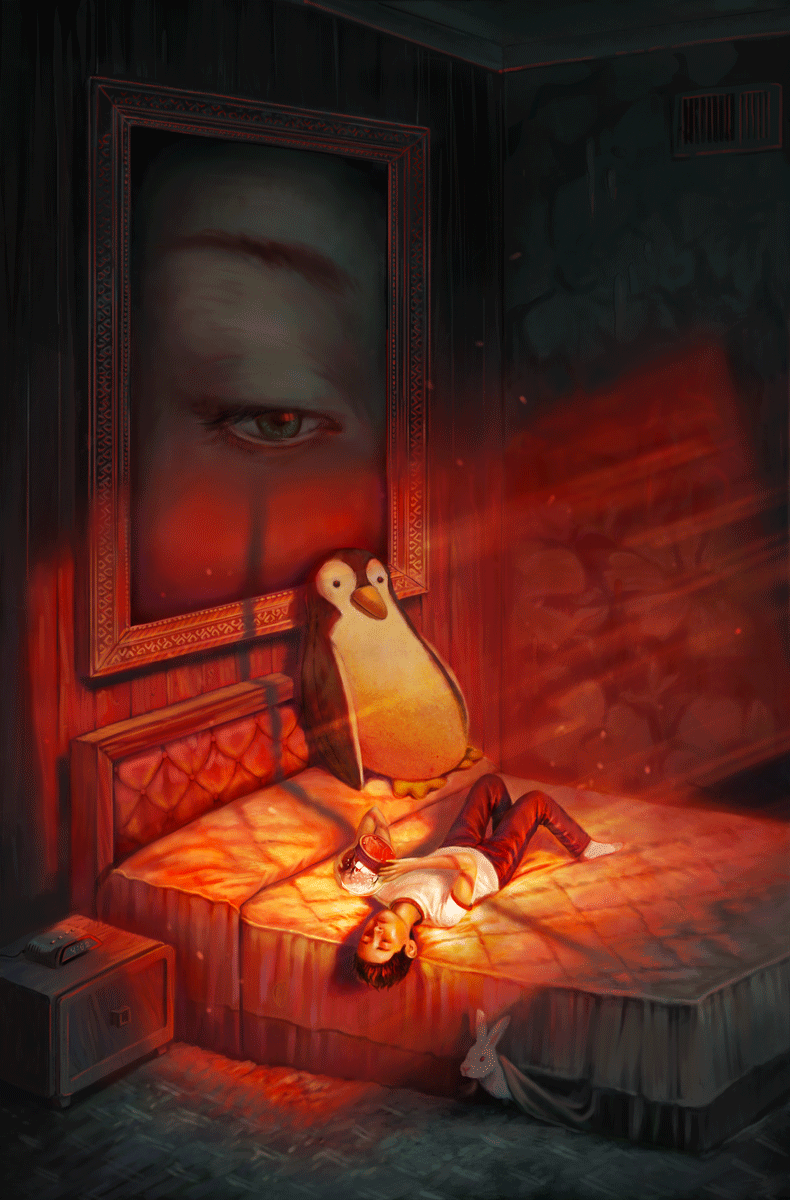


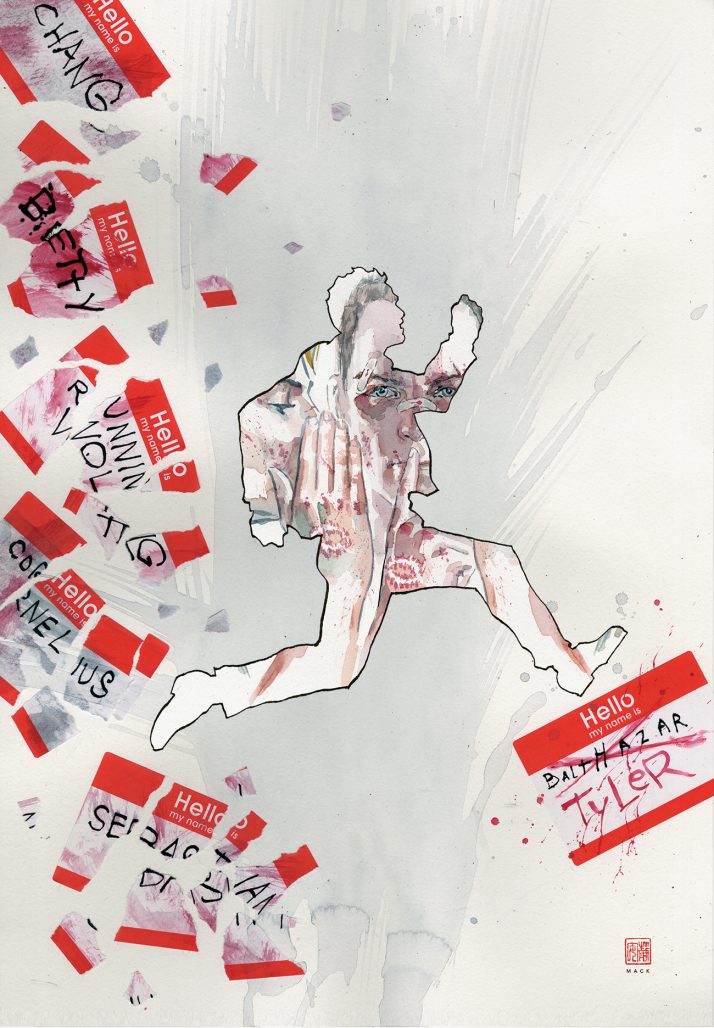
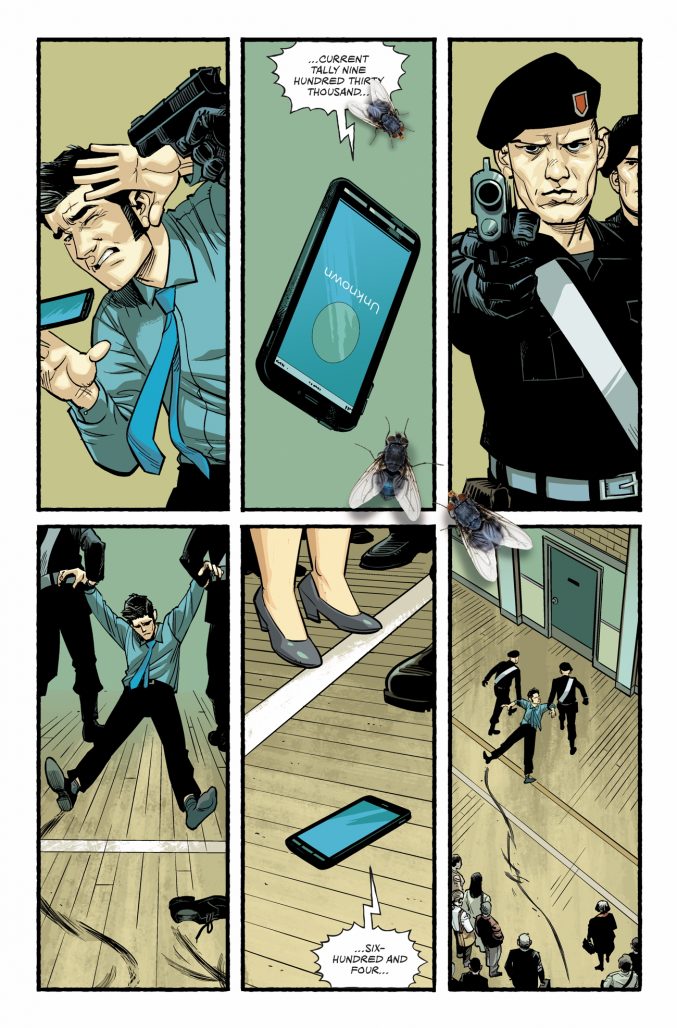
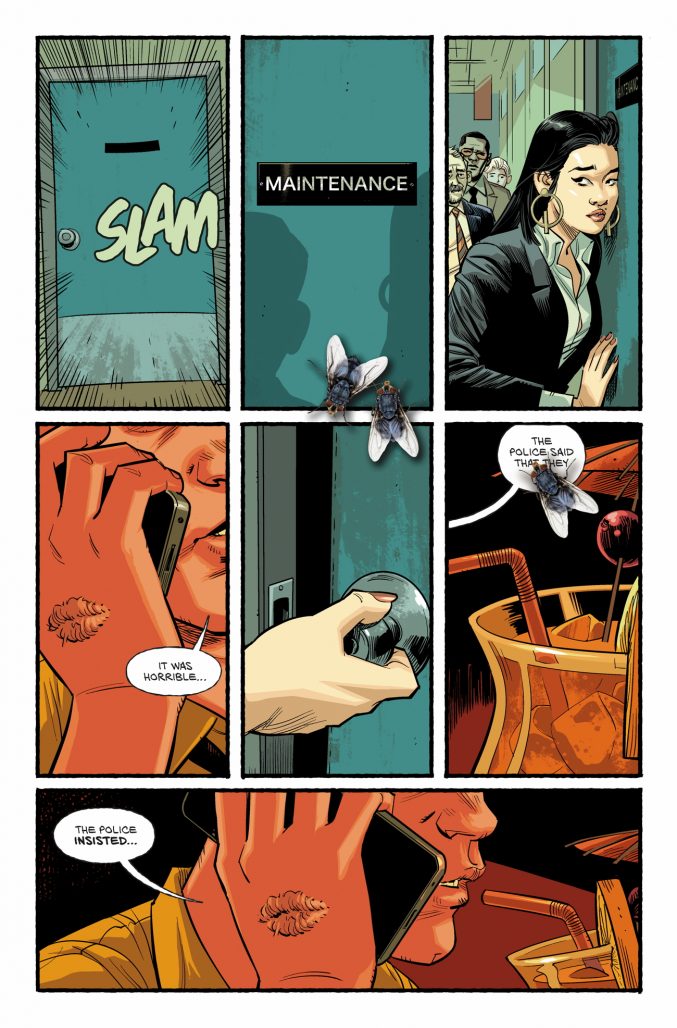
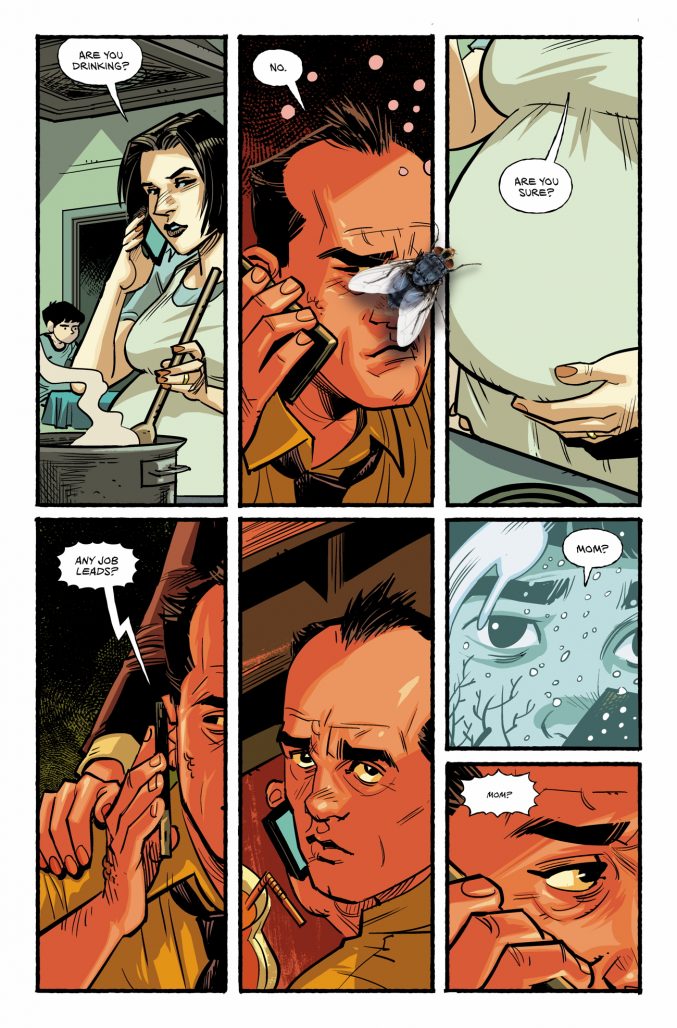
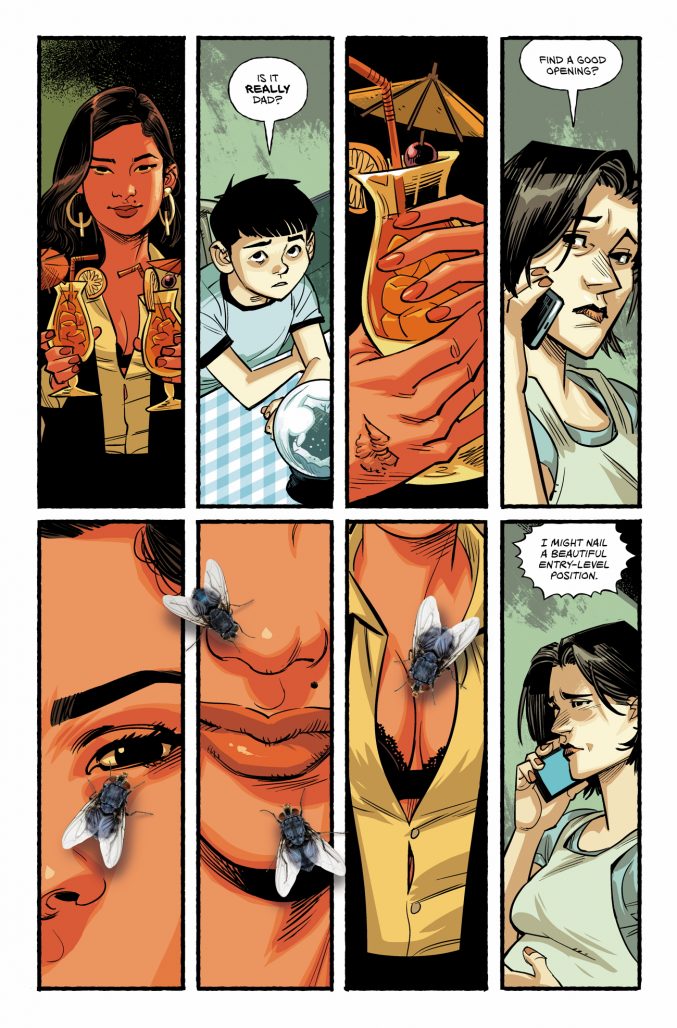
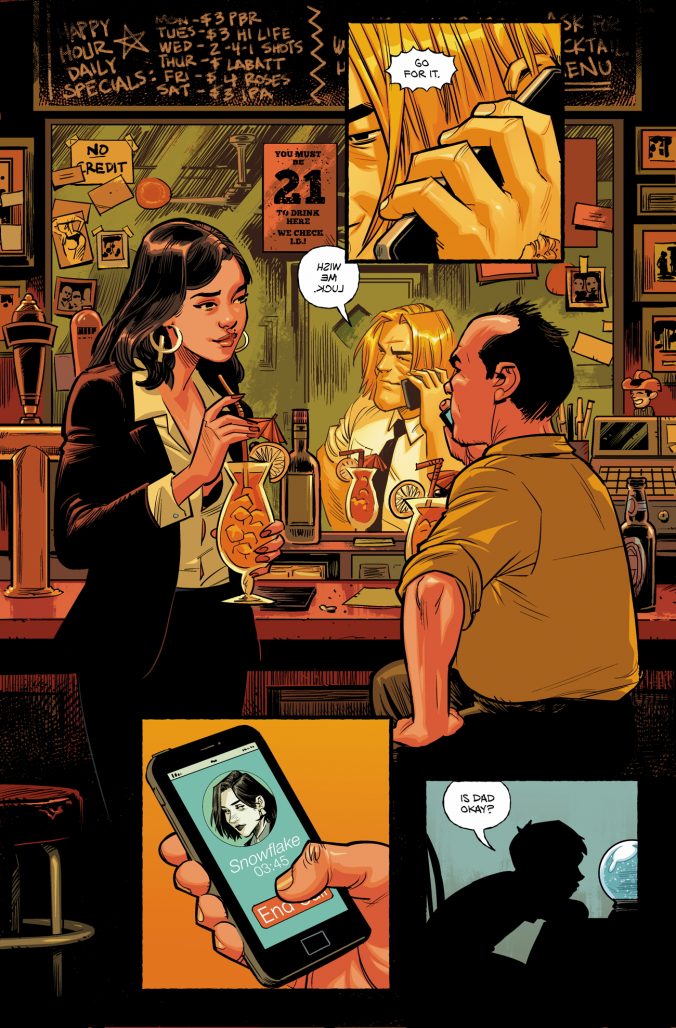





Comments are closed.